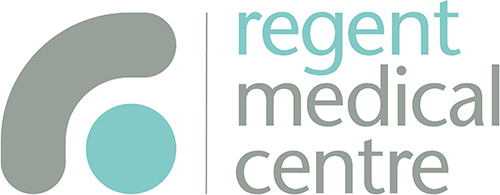Health Equality: Rights, Reasonable Adjustments and Annual Health Checks
The Equality Act 2010 says no one should be discriminated against because of why they are.
It set out what are called ‘Protected Characteristics’. It made it illegal for people to be treated unfairly because of these traits in education, employment, housing or public services.
The nine Protected Characteristics are:
- Age
- Disability
- Gender reassignment
- Marriage and Civil Partnership
- Pregnancy and maternity
- Race
- Religion or belief
- Biological sex
- Sexual orientation
Obvious examples of the type of discrimination the law aims to stop would be choosing one person over another for a job based purely on race or paying a man more than a woman for the same work.
But as well as targeting active discrimination, the law promotes equality for all.
In this article, we’ll look at your rights, the support you are entitled to, and how we are working to tackle health inequalities.
Continue scrolling to read the whole article, or jump to sections with the buttons below.
Everyone is welcome
On the front page of our website, there is a simple statement about inclusivity. It reads:
We offer high-quality, patient-focused care to everyone regardless of race, religion, nationality, age, ability, sexual orientation, or gender identity
We want everyone – patients and staff – to feel welcome, safe, and treated with respect and dignity.
Reasonable Adjustments
A reasonable adjustment is when you ask for a change or consideration to ensure you are not disadvantaged due to a protected characteristic such as a disability.
This part of the Equality Act promotes equality through positive actions that help people.
You can request reasonable adjustments at work, school, or university or when accessing public services like the NHS.
This is a right protected by law, and organisations must provide them.
In employment, examples could be adjusted work schedules, equipment like ergonomic chairs, or assistive technology like screen reading software.
It could be being given extra time in exams or support through interpreters or note-takers at school.
Physical access like wheelchair ramps, handrails, automatic doors and accessible parking and toilets cover all aspects.
Some other reasonable adjustments may be slightly less well-known for patients using the NHS, especially for people with learning disabilities or difficulties.
Here are some examples:
- Easy-read format for letters and information
- Accessibility tools on websites
- Increased appointment lengths
- Where possible, seeing the same clinicians
- Having carers, family, or others with you for support
- Considerations on appointment times
- Environmental considerations around noise and light
Depending on people’s specific needs, these reasonable adjustments can be vital in ensuring they remain involved in everything to do with them and their health.
These videos explain more about reasonable adjustments and the difference they can make to people.
Learning Disabilities and Learning Difficulties
When we talk about learning disabilities, generally, we mean conditions like Down Syndrome or cerebral palsy.
Learning difficulties are conditions like Autism, ADHD, Dyslexia or Dyspraxia.
The difference is around intellectual capacity. With learning disabilities, someone’s brain has not been able to develop fully, making it harder for them to do or understand new or complex things.
With learning difficulties, someone’s intellect isn’t affected. Still, barriers may be caused by how they process or interpret information and the world around them.
However, the important point is that in the eyes of the Equality Act 2010, both groups of conditions are classed as disabilities.
That means someone with Autism or ADHD is just as legally entitled to ask for reasonable adjustments as someone with Down’s Syndrome, for example.
Learning Disability Health Checks
Access to health care is just one part of equality.
People with learning disabilities often have worse mental and physical health than other people.
We call this health inequality. It can be caused by problems accessing healthcare, as we’ve discussed. But communication barriers, social isolation, stigma, lifestyle, and someone’s understanding of managing their health can play a big part.
This is why anyone over 14 registered with a learning disability with their GP will be invited to have a health check every year.
Annual health checks are a chance for someone with learning disabilities and their family or carers to talk with a Doctor or Nurse about all aspects of their health and wellbeing.
The videos below explain more about the purpose of the health checks and how creating health action plans help people with learning disabilities to stay healthy.
The aim is to get a picture of your overall health and potentially spot issues early that might otherwise have gone unnoticed or prevention options to stop you from getting ill in the future.
It’s also a chance to look at other opportunities to get support and help.
Are there extra health or social care packages that can help? Are all your reasonable adjustments on your health record, and are they being followed?
Overall, health checks for people with learning disabilities are an important part of proactive healthcare that tackle inequalities and boost people’s health and wellbeing.
